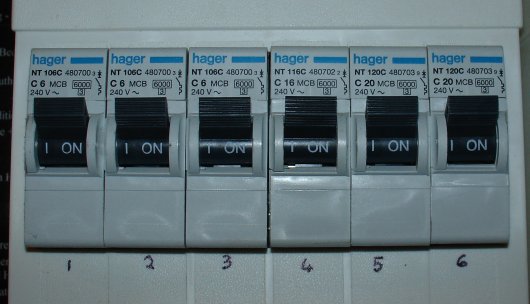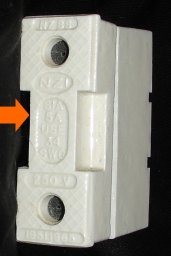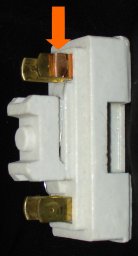Advise for safety in at home or in Flats
Go here for a pdf file for a more detailed safety advice from the Energy Safety Service.
Tenant Insurance Liability:
- For your own financial safety ensure your contents has a public liability cover, otherwise if accidental damage is caused by you, you may be liable for the costs of repair even though there is insurance cover by the landlord.
Double adapters:
- Use only if the loading is light, both in power usage and mechanical strain on the double adapter. If it is liable to get knocked or it works itís way loose, use a multi-way power board instead.
- Especially if you have young children
- if possible ensure that the double adapter is not able to be reached or that both sockets are used (otherwise it is best removed).
- If this is not possible then use a safety protector that prevents metal objects from being inserted into the socket. **1
Multi-way Power boards:
- NEVER use multi-way power boards for heaters. Other appliances are fine as long as the total loading does not go over 2400 watts or 2400 VA (not likely with lights, electric blankets, computers, TVs etc). If in doubt, add up the wattages (each appliance will have that information by the model number information).

- Ensure no strain is applied to the power cords that are plugged in to the multi-way power board. This includes the use of power packs for powering small electronic items if they are very heavy or pressing up against the adjacent power cords (There are special power boards with extra wide spacing for use with multiple power adapters).
- Locate the power board where it is safe and if possible mount it to the wall or a solid piece of furniture. If it can not be mounted with small screws (not all power boards have the facility for screw mounting, and / or you may not wish to mark the surface that is to be mounted to), use the 3M mounting strips (very strong if used on the appropriate surface and will allow for the removal without damaging the surface).
- If you have young children, ensure that the power board cannot be reached or that any unused sockets have the safety protectors that prevent metal objects from being inserted into the socket. Some power boards may have a safety shutter system that covers the live terminal when the sockets are not used, but most power boards do not have the safety shutters! **1
Extension Cords
- Do not use while coiled up!
- Prevent damage to the cord by placing it out of harms way. If possible run cords behind furniture or close to the wall, but not where it may be pinched or cause a tripping hazard etc.
Heaters
- Always plug heaters directly into a wall power point, NEVER use it via a double adapter or multi-way power board as these can overload and be damaged, possibly also causing a fire! If you have to use an extension cord for the heater, make sure it is heavy duty and that it is rated for use with a heater.
- Keep the space around the heater clear!
- If you feel the cold, I would suggest the wearing of thermal clothing (see the next note), so the heat you require to be comfortable is more moderate than trying to heat the room to high temperatures. Also more pleasant when you leave the warm room as the temperature changes will be more moderate. This will result in cheaper power bills and longer life of your heater.
- Be careful with clothing, especially the flammable type e.g. thermals, do not sit too close to the heater as this can be extremely dangerous.
Blowing fuses or Circuit Breakers
- Most circuit breakers should be switched up to be on (opposite to switches, thus creating some confusion at times!) Some circuit breakers trip by a button popping out, these are reset by pushing the button back in.
-

- If the fuse blows or the circuit breaker trips regally, try moving appliances to different power points (like the one on the range if you are in the kitchen) and also trying not to use the appliance simultaneously if you can avoid it.
- For your safety it is recommended to turn the power off before removing fuses or re-inserting the fuse carrier.
- Do not replace the fuse wire with a rating other than what is indicated on the fuse carrier(See Figure 1). Follow the channel for the fuse wire (See Figure 2). Do not wrap the fuse wire around the end of the fuse contact, as this can become a shock hazard if it come undone. If in any doubt, get professional advise, as a incorrectly wired fuse can be very dangerous.
-


Figure 1 Figure 2 - If the fuse blows occasionally, this may be due to aging (no loud bang when the fuse blows). Reducing the loading on the circuit will help to slow this aging process down. Try moving appliances to different power points (like the one on the range if you are in the kitchen) and also trying not to use the appliance simultaneously if you can avoid it. If this is not possible it would be best to ask if a circuit breaker can be installed which would eliminate the problem.
High power bills
- Go to the Energy Efficiency Advice Page
- Go to High power bill problem solving page
Notes:
**1:
The newest type of power points (virtually all that are less than 10 years old) have a safety shutter system that covers the live terminal when the sockets are not used. Most power boards and double adapters do not have the safety shutters.
